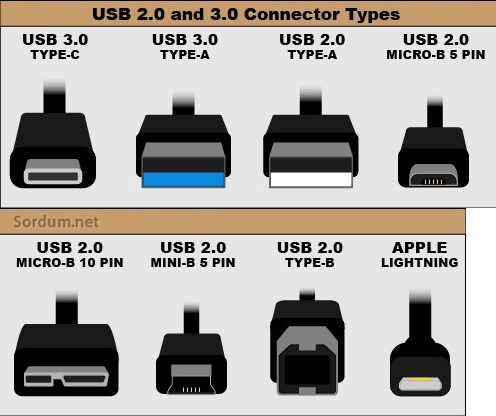
Not all USB-C ports support Thunderbolt 3 and not all Thunderbolt 3 ports support USB-C. The main problem is when it comes to one supporting the other. How to Tell the Difference Between Thunderbolt 3 Vs. For example, a USB-C cable plugged into a Thunderbolt port will deliver more power than one plugged into a USB 3.0 port. What controls the charging speed is the port you’re plugging the USB-C cable into. This means USB-C can deliver 100 watts of power like Thunderbolt 3. The good news is that most modern devices from Apple, Microsoft, and Samsung use the Power Delivery protocol. USB-C Charges as Well as Thunderbolt 3īy default, a USB-C cable delivers as much power as the old USB-A standard, which is 2.5 watts of power. You’ll also use USB-C cables often to connect to an external hard drive, docking station, or other USB-C devices with few limitations. That said, USB-C is still capable of driving a 4k display at 120Hz just fine. However, Thunderbolt’s higher transfer speed offers advantages-higher resolutions at higher refresh rates and the ability to drive more high-resolution displays (along with the ability to daisy-chain displays effectively).

USB-C cables aren’t as good as Thunderbolt at transferring data, so while you can use them to connect an external You can use USB-C to connect to an external monitor, and it delivers performance that is fine for most people. If your device has a USB 3.2 port, then your USB Type-C cable can reach the high-speed transfer rate of 20Gbps. For example, if you plug a USB-C cable into a USB 3.1 port Gen 2, you’ll get a maximum speed of 10Gbps.

The speed also depends on the type of USB port you’re using and its SuperSpeed rating.

However, it’s capped at half of what Thunderbolt 3 can deliver. USB-C also delivers decent data transfer speeds. It has a similar oval shape, but it’s larger and you don’t have to flip it on the right side to make the connection. You might mistake the USB-C connector with a micro-USB connector, but it’s slightly different.


 0 kommentar(er)
0 kommentar(er)
